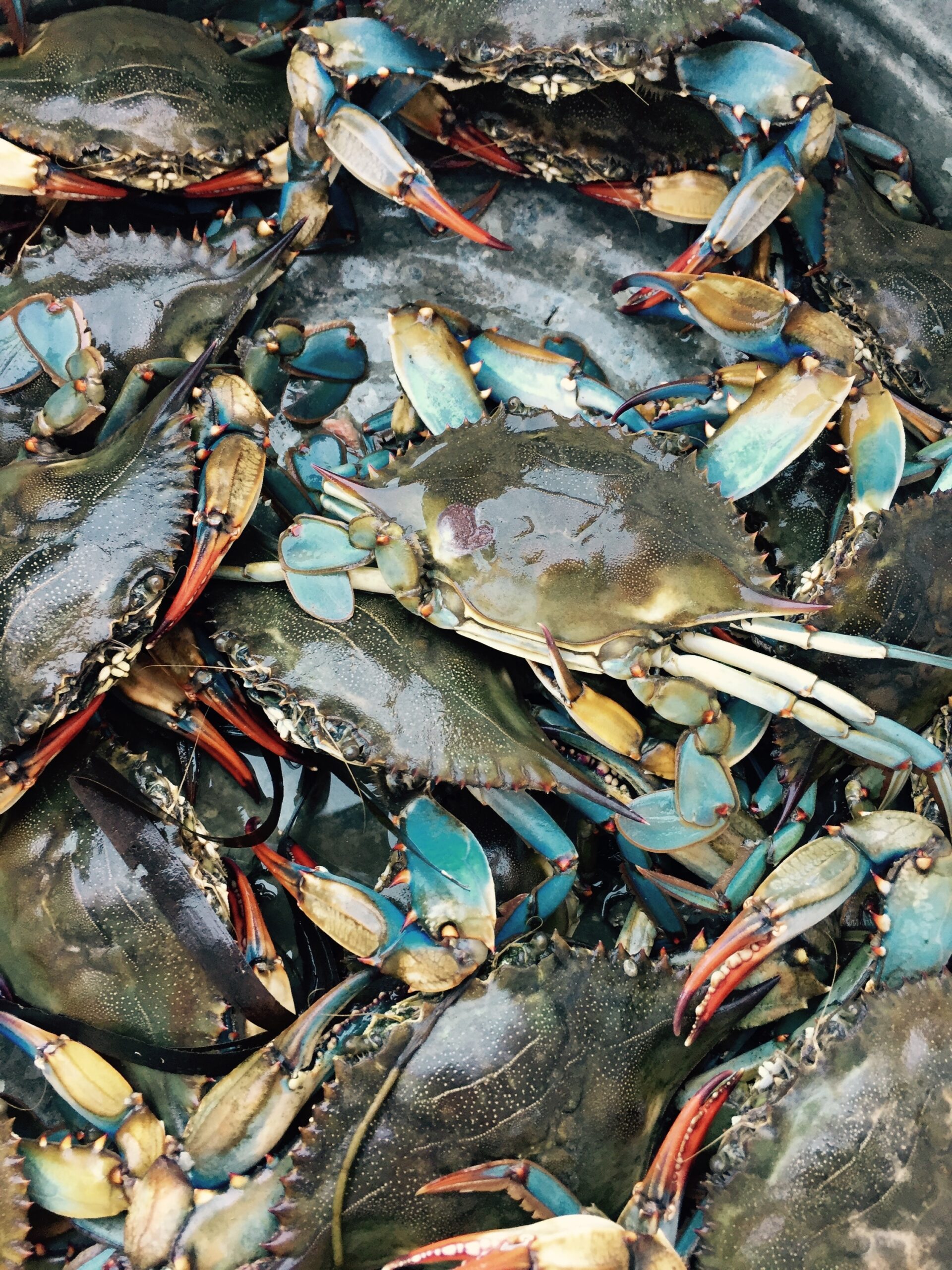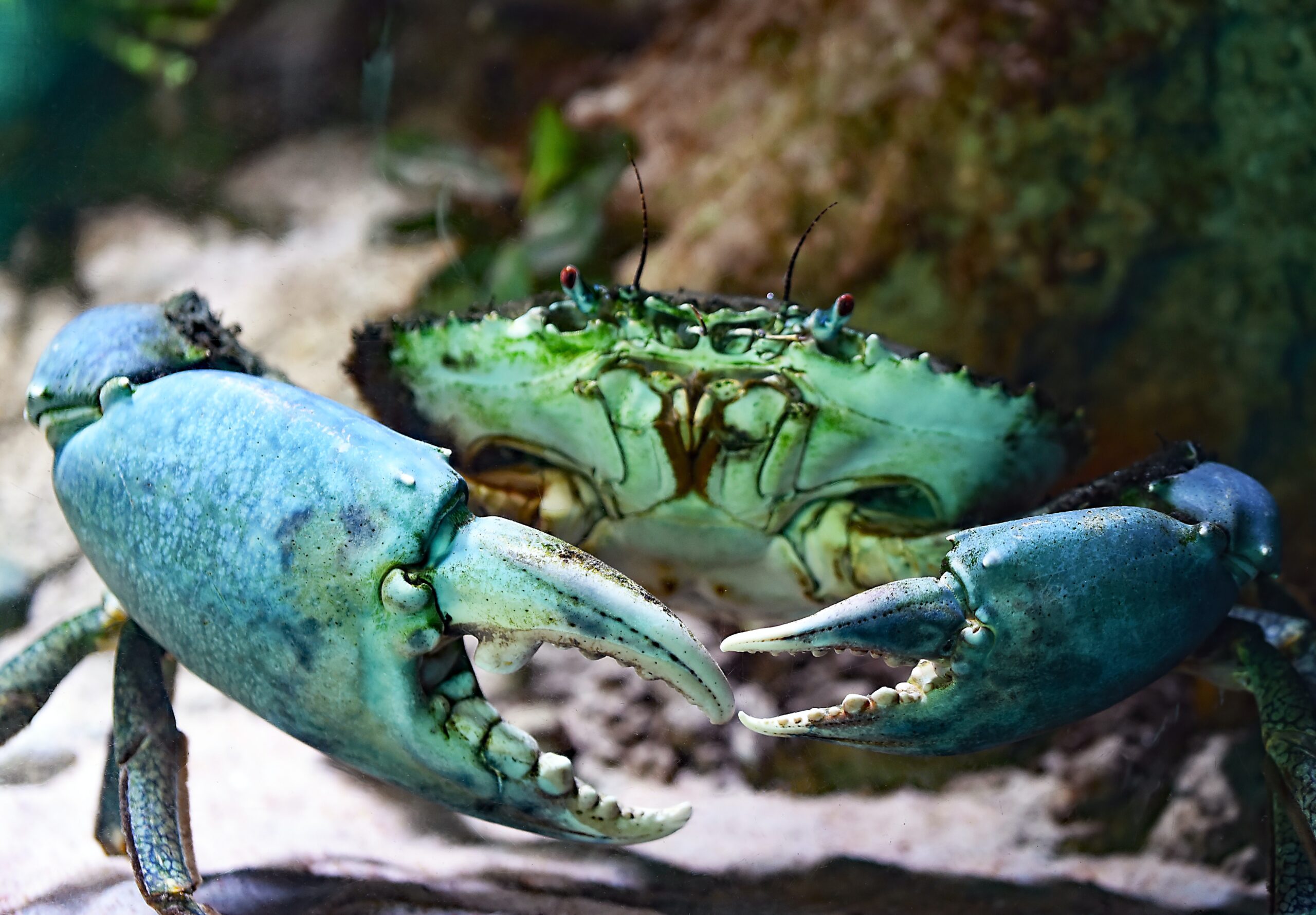Blue crabs, with their distinctive azure hue and succulent meat, are a seafood delicacy cherished worldwide. However, their populations vary greatly between regions, with the Carolinas in the United States experiencing a decline while the Mediterranean boasts abundance. This disparity is a testament to the complex interplay of environmental factors, human activity, and conservation efforts in two distinct ecosystems.
The Carolinas’ Declining Blue Crab Population:
In the Carolinas, blue crab populations have been on a concerning decline. Factors such as overfishing, habitat degradation, and climate change have contributed to this trend. Overfishing, driven by high demand for blue crab in local and global markets, has put immense pressure on crab stocks. Additionally, coastal development and habitat loss due to pollution have reduced the availability of suitable breeding and nursery areas for blue crabs. Climate change, with rising sea temperatures and increased storm intensity, has further disrupted their fragile habitats.
Conservation Efforts in the Carolinas:
Recognizing the importance of blue crabs to both the ecosystem and the local economy, efforts are underway to reverse the decline in the Carolinas. Fisheries management regulations have been put in place to limit harvest and protect breeding females. Furthermore, habitat restoration projects and water quality improvement initiatives seek to provide blue crabs with the necessary environments for reproduction and growth. Despite these efforts, it will take time to ascertain their long-term impact on crab populations.

Abundant Blue Crabs in the Mediterranean:
In stark contrast, the Mediterranean Sea enjoys a relatively abundant blue crab population. The introduction of the invasive species, Callinectes sapidus, or the Atlantic blue crab, in the late 19th century has led to a thriving population. The Mediterranean’s warmer waters and favorable breeding conditions have allowed the blue crab to establish itself as a dominant species, impacting native ecosystems and sometimes leading to conflicts with local fisheries.
Challenges in Managing Mediterranean Blue Crabs:
In the Mediterranean, the challenge lies not in maintaining blue crab populations but rather in managing their impact on local ecosystems. The rapid expansion of the blue crab population has raised concerns about potential ecological disruptions. Conservationists and policymakers are working to understand and mitigate these impacts while also considering the potential benefits of this thriving population.
In conclusion, the contrast between the declining blue crab populations in the Carolinas and the abundance of blue crabs in the Mediterranean illustrates the delicate balance of factors that influence the health of marine ecosystems. Sustainable management practices, habitat preservation, and climate change mitigation are essential elements in preserving blue crab populations and maintaining the ecological balance in these distinct regions. By learning from these disparities and sharing best practices, we can work toward a more sustainable future for blue crabs and their ecosystems worldwide.



